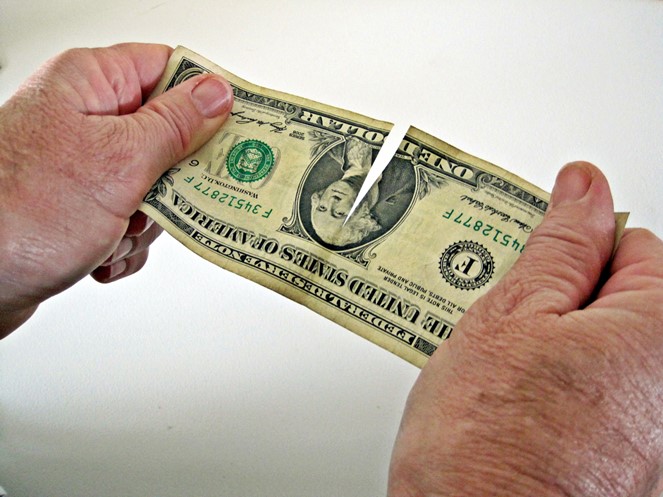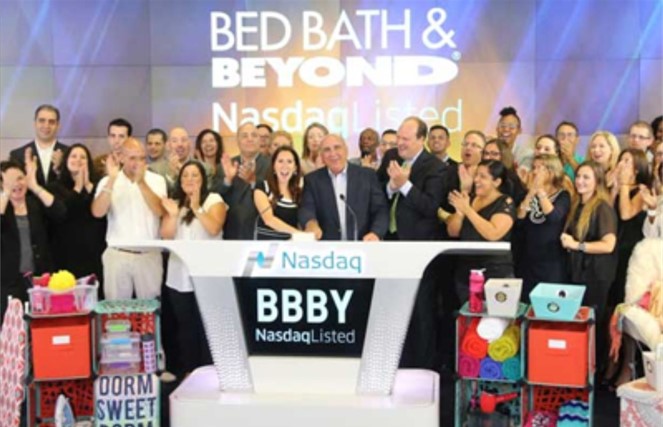
What Will AI Never Be Good At?
Artificial intelligence (AI) is a true disruptive technology. As any informed content writer can tell you, the technology creates efficiencies by speeding up data gathering, research, and even graphics that specifically reflect the content. As an example, it is arguably quicker to use ChatGPT to provide a list of ticker symbols from company names, than it is to look them up one by one. With these small time savers, over the course of a week, far more can be produced as a result of AI tools saving a few minutes here and there.
This presents the question, what are the limits of AI – what can’t it do?
Worker Displacement
Technological revolutions have always benefitted humankind in the long run; in the short run, they have been disruptive, often displacing people who then have to retrain.
A new Goldman Sachs report says “significant disruption” could be on the horizon for the labor market. Goldman’s analysis of jobs in the U.S. and Europe shows that two-thirds of jobs could be automated at least to some degree. In the U.S., “of those occupations which are exposed, most have a significant — but partial — share of their workload (25-50%) that can be replaced,” Goldman Sachs’ analysts said in the paper.
Around the world, as many as 300 million jobs could be affected, the report says. Changes to labor markets are therefore likely – although historically, technological progress doesn’t just make jobs redundant, it also creates new ones. And the added productivity allows the masses to live wealthier lives. This clearly was the end result of the industrial revolution, and years after the computer revolution, we are at a high rate of employment and have at our fingertips much which we never even dreamed.
The Goldman report says the use of AI technology could boost labor productivity growth and boost global GDP by as much as 7% over time.
There are few reasons to expect that the AI revolution won’t also provide more goods and services per person for a richer existence. But, what about the disruption in the interim? I was curious to know what artificial intelligence is not expected to be able to do. There isn’t much information out there, so I went to an AI source and fed it a bunch of pointed questions about its nature. Part of that nature is to not intentionally lie, I found the responses worth sharing as we will all soon be impacted by what the technology can and cannot do.
Limitations of AI that Will Persist
Artificial intelligence has come a long way in recent years and the speed of progression and adoption is accelerating. As a result, applications have become increasingly sophisticated. But, there are still many things that AI cannot do now and may never be able to do.
One thing that AI cannot do now and may never be able to do is to truly understand human emotions and intentions. While AI algorithms can detect patterns in data and recognize certain emotional expressions, they do not have the ability to experience emotions themselves. This means that AI cannot truly understand the nuances of human communication, which can lead to misinterpretation and miscommunication.
Another limitation of AI is that it cannot replicate the creativity and intuition of humans. While AI can generate new ideas based on existing data, it lacks the ability to come up with truly original and innovative ideas. This is because creativity and intuition are often based on a combination of experience, emotion, and imagination, which are difficult to replicate in a machine.
AI also struggles with tasks that require common sense reasoning or context awareness. For example, AI may be able to identify a picture of a cat, but it may struggle to understand that a cat is an animal that can be petted or that it can climb trees. This is because AI lacks the contextual understanding that humans have built up through years of experience and interaction with the world around us.
In the realm of stocks and economics, AI has shown promise in analyzing data and making predictions, but there are still limitations to its abilities. For example, AI can analyze large datasets and identify patterns in market trends, but it cannot account for unexpected events or human behavior that may affect the market. This means that while AI can provide valuable insights, it cannot guarantee accurate predictions or prevent market volatility.
Another limitation of AI in economics is its inability to understand the complexities of social and political systems. Economic decisions are often influenced by social and political factors, such as government policies and public opinion. While AI can analyze economic data and identify correlations, it lacks the ability to understand the underlying social and political context that drives economic decisions.
A concern some have about artificial intelligence is that it may perpetuate biases that exist in the data it analyzes. This is the “garbage in, garbage out” data problem on steroids. For example, if historical data on stock prices is biased towards a certain demographic or industry, AI algorithms may replicate these biases in their predictions. This can lead to an amplified bias that proves faulty and not useful for economic decision making.
Take Away
AI has shown remarkable progress in recent years, but, as with everything that came before, there are still things that it cannot do now and may never be able to do. AI lacks the emotional intelligence, creativity, and intuition of humans, as well as common sense reasoning and social and political systems. In economics and stock market analysis, AI can provide valuable insights, but it cannot assure accurate predictions or prevent market volatility. So while companies are investing in ways to make our lives more productive with artificial intelligence and machine learning, it remains important to invest in our own human intelligence, growth and expertise.
Managing Editor, Channelchek
Sources
OpenAI. (2021). ChatGPT [Computer software]. Retrieved from https://openai.com
https://www.cnbc.com/2023/05/16/how-generative-ai-chatgpt-will-change-jobs-at-all-work-levels.html











